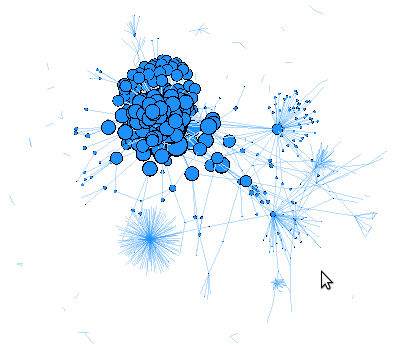
My first blog posts
🐣 I’ve made a new attempt to start blogging in November 2017. Still experimenting with the ‘serverless’ way of website management, and trying out many different ways of publishing and visualizing.
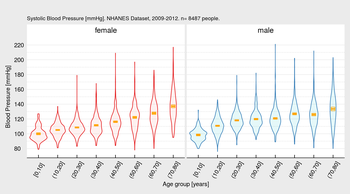
Blood Pressure in the US population
Gaining insight into health data. First time for me to work with such a dataset.
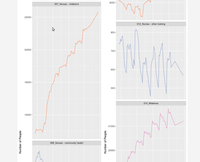
UK NHS Medical Staff, 2009-2017
#NHSCrisis? A quick fact check about staff numbers within the UK’s National Healthcare Service, NHS.
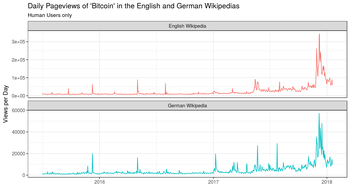
Global Interest in Bitcoin over Time
Visualizing (1) Wikipedia Pageviews, (2) NYT Article Mentions, (3) Google Searches and (4) Exchange Rates from 2012 to early 2018.
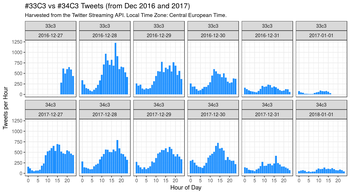
Comparing 33C3 and 34C3 tweets
Analysing the inspiring tweet stream created during the 34C3 conference

Soccer-Database: Extracting goal data from XML fragments
Using R to process XML fragments stored in a relational database.
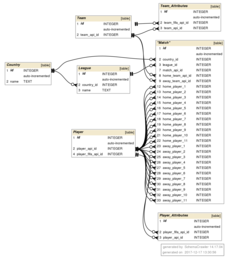
Soccer-Database: Generating schema diagrams
This blog post shows 3 times the same database diagram, at varying levels of detail.

Learning jq
A grabbag of jq commands Some notes about learning jq, the lightweight and flexible command-line JSON processor.
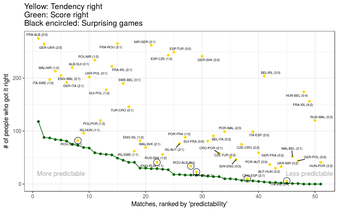
Soccer World Cup 2016 - Betting At My Workplace - Part I+II
A weekend project from Summer 2016

Body Height and BMI in European Soccer Players over the years 2008-2016
How did Body Mass Index and body size of professional football players change over the years 2008-2016? Body size, not so much. It has stayed rather constant. Average height, body weight and Body Mass Index have fallen.

The oldest European Soccer Players in the late 2000s
While doing some quality-checks in Kaggle Dataset “European Soccer Database”, I found that in the late 2000s most of the oldest professional players active in top clubs were goalkeepers. Another veteran midfielder was Tugay Kerimoğlu, from Turkey. Born in 1970, he played the English Premier League until… when, exactly?

More about the Hugo Software
Links important to me: Blogdown Book – Hugo Documentation – Hugo Shortcodes – Webapps with Go – Go Docs
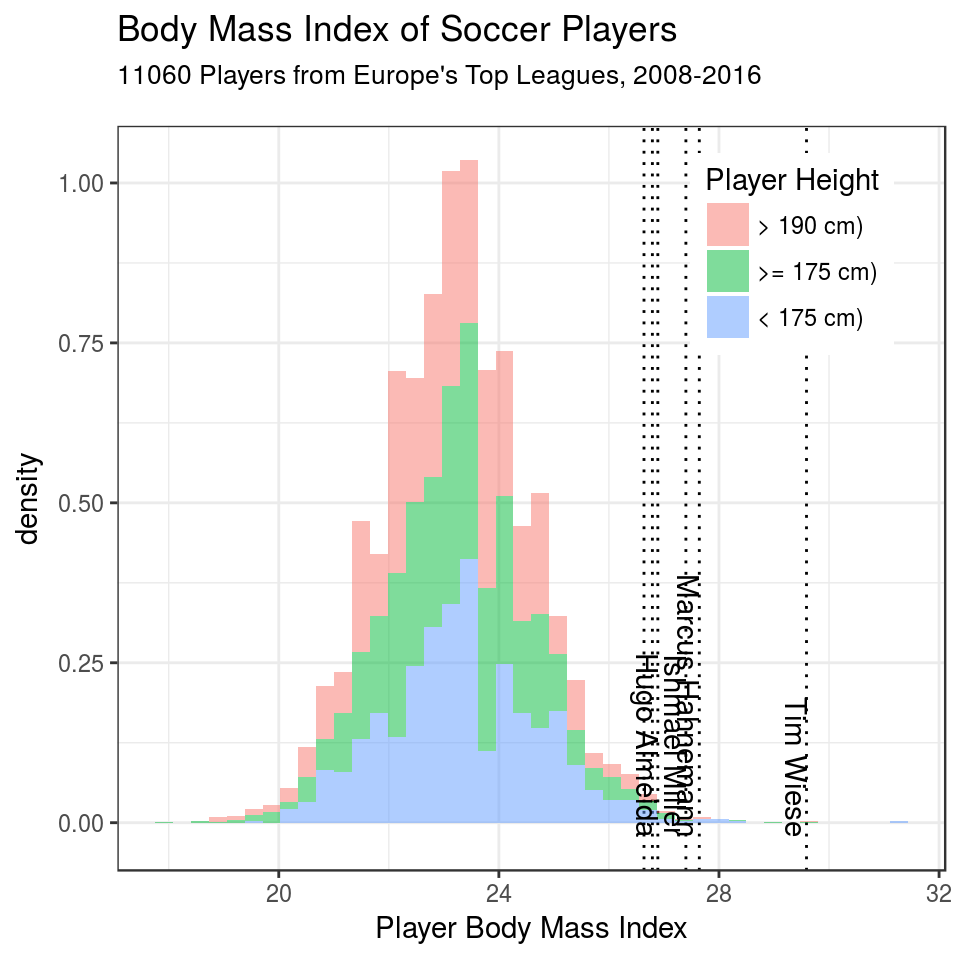
European Soccer Players and their BMI
Players in European soccer leagues have a Body Mass Index (BMI) that is normally distributed with a mean of 23 and an sd of 1.3. This is independent of body size.

 Hugo
Hugo
